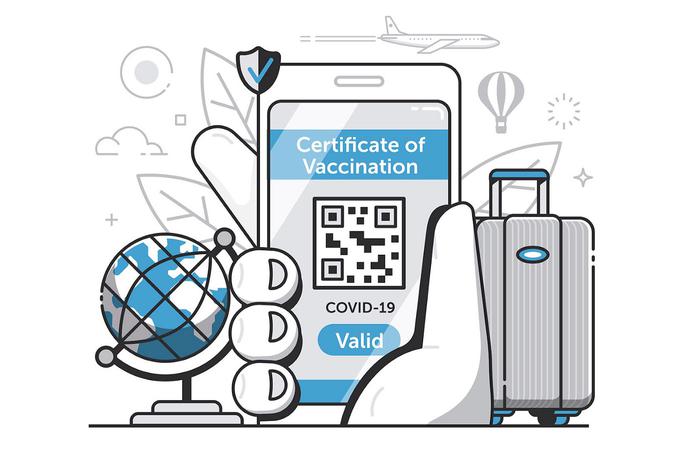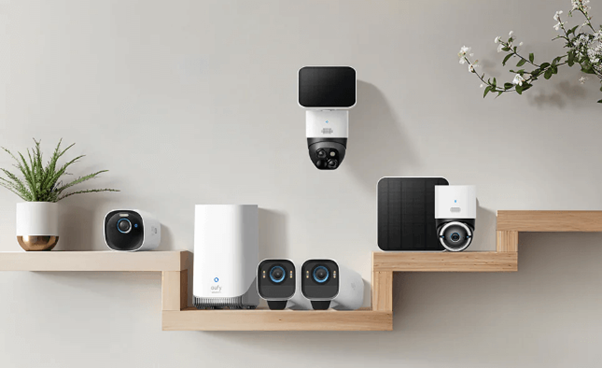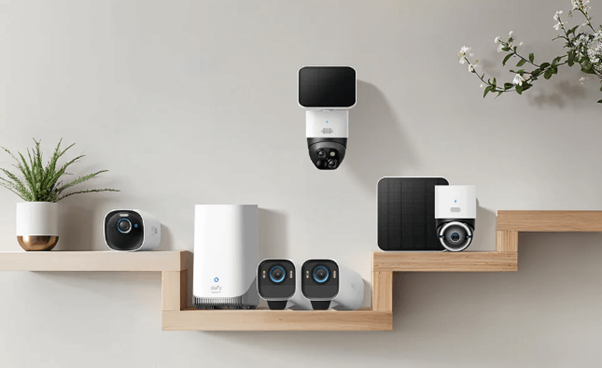Medical ethicists have argued that non-fungible tokens in healthcare, specifically the use of NFTs in the healthcare record-keeping system, can give patients ownership of their records through its blockchain ledger. Allowing them to track the sale of their data, giving patients the opportunity to stop it or sell it themselves. But, technology leaders at healthcare systems say although this concept has potential, it is still evolving and requires a lot of refining before it can be implemented into the healthcare industry.
NFTs are 'immature' and face challenges
According to Zafar Chaudry, MD, chief digital officer and CIO of Seattle Children's, NFTs have the potential to be game changing and can be used to reform patient data management, but it is still a space that hasn't been developed fully.
"It is still a very immature space," Dr. Chaudry said. "Security, privacy, intellectual property and interoperability will be the major concerns. But, if the driver is the monetizing of patient data, then NFT adoption may exponentially accelerate."
Adam Gold, chief technology officer of Children's Health Orange County (Calif.), said he also believes NFTs hold a lot of potential, but its underlying challenge will be user adoption.

"We've seen over the past two years, a very large push into the NFT space across just about every vertical. But there is still a very wide gap in terms of user education and the overall understanding of NFTs, how they work and what value they bring," Mr. Gold said. "I would equate this to when healthcare information portability became widely adopted. Today, there are still a lot (if not a majority) of patients who are either unaware that they probably have the ability to share their data with other providers, family, apps, etc., and if they do know they have that option, I’m confident in saying that most don't know how."
For patients, NFTs would need to be convenient and easy to use, and patients need to be educated on how to use them as its concept will be ambiguous for many until it becomes more mainstream in their daily lives.
Three rules to get NFTs into healthcare
Mr. Gold cited three rules that need to happen before NFTs enter the healthcare space.
NFTs need to be easy to use and more importantly, easy to understand. Whether that's incorporating blockchain capabilities directly into consumer healthcare apps or building a blockchain specifically for patient data use.
Second is making sure NFTs can be regulated or governed to eliminate the risk of blockchains being compromised by bad actors.
Third, electronic medical record vendors and electronic device manufactures would need to utilize NFTs.
As healthcare IT leaders and IT vendors search for ways to make systems and software safe from breaches at the same time giving patients more control over their medical data, blockchain could be the answer. However, both leaders recommended that healthcare systems thoroughly analyze the pros and cons of NFTs specifics to their organization, patients and all associated stakeholders before jumping into the NFT space that hasn't been thoroughly vetted.




